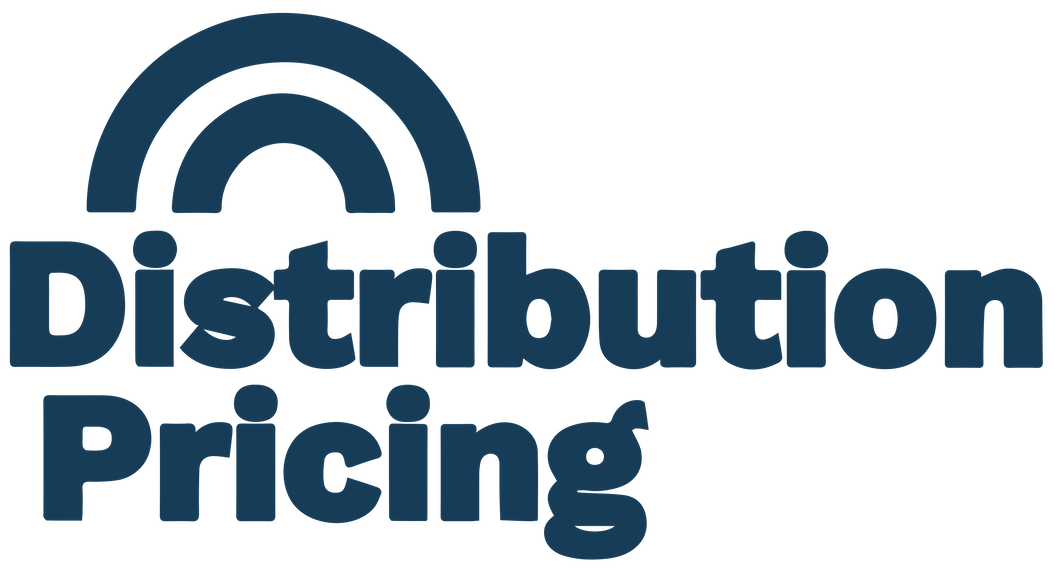Pricing is the battleground where wholesale distributors compete for profitability and market share. More distributors…

Making The Most of Product Launch Opportunities
Our friend David Gordon of Channel Marketing Group just penned a great new article at HVACR Trends about how changes in efficiency ratings and regulations can create new opportunities for distributors. Specifically, we really liked his conclusion that these are essentially new product launch opportunities and wanted to use this space to share some of our own ideas about handling new product launches in terms of pricing and profitability.
The HVAC industry is constantly evolving with the introduction of new products and technologies. To be a leader in the industry, it is essential to stay ahead of the curve and remain on the frontline of new developments. This means staying up to date with regulatory changes that could impact your business.
Regulatory changes can have a huge impact on the way a distributor does business. A product launch is an opportunity to be one of the first in your market to introduce new products and technologies to customers, giving you an edge over competitors. To ensure a successful launch, David points to several steps that must be taken prior to its release. These include conducting inventory reviews, pricing reviews, sales and customer training, creating new collateral for promotional activities, as well as establishing communication protocols and policies.
By staying ahead of industry trends and launching a successful product launch, you will not only be able to remain competitive but also retain customers. Your company’s reputation is on the line, and it is essential that you make the right decisions to ensure a positive outcome.
Pricing Reviews
When new products are launched in the HVAC industry, conducting a pricing review is an essential step to ensure that customers remain loyal and continue to purchase from your company. By analyzing their current and past pricing models, companies can determine how much they should charge for a particular product or service and how it compares with the competition. Doing this will help HVAC companies stay competitive and ultimately attract more customers. Additionally, it will provide them with valuable insights into customer preferences and buying habits so they can better tailor their pricing strategy to meet the needs of their target market. By conducting a pricing review, HVAC companies can ensure that they are charging the right prices for their products and services while still providing great value to their customers.
Teamwork between pricing, sales and purchasing is important when conducting a pricing review, it is important to consider the cost of purchasing and delivering the product or and related services, as well as any associated overhead costs. Additionally, factors such as market trends, customer feedback and competitor pricing should be taken into consideration when determining an appropriate price point. By taking all these factors into account, companies can ensure that their pricing remains competitive and attractive to customers. By using price optimization solutions, you may find areas where issues like urgency or previous installations are driving purchasing and you can price your products higher for more profit.
It is also important for HVAC companies to monitor their own pricing models over time to make any necessary adjustments. Companies should be aware of changes in the market and adjust their prices accordingly. Additionally, they should keep an eye on customer demand and feedback to make sure that their pricing remains attractive. By conducting regular pricing reviews, HVAC companies can ensure that they remain competitive and profitable while still offering great value to customers.
New product launches in the HVAC industry can impact pricing in several ways, and that is why it is critical for you to leverage a price optimization solution. Depending on the type of product, new launches may lead to price increases or decreases. For example, if a new HVAC system is released that offers more efficient energy use or higher quality components than previous models, the associated price increase may be offset by potential savings in electricity bills or increased durability. On the other hand, if a company releases a lower-quality model at a lower price point than current offerings, it could drive down prices throughout the market as other companies compete for customer dollars. Ultimately, new launches can have both positive and negative effects on pricing depending on the specific product being offered.
Inventory Reviews
As David pointed out in his article, the HVAC industry is facing significant changes due to new regulatory procedures coming into effect in 2023. This has a direct impact on transitioning inventory, as equipment must now be rated using both the current SEER rating system and the new SEER2 rating system. This poses several challenges for those with existing stock of only SEER-rated equipment, as they must now figure out whether the equipment has been rerated.
To streamline this process, OEMs are proactively working to ensure that older equipment is replaced with newer SEER2-rated models. This will help to reduce the amount of time needed for inventory transitioning and make sure that all stock meets the necessary regulations.
The industry is making great strides to ensure a smooth transition to the new regulations, helping to reduce the burden of inventory transitioning and provide a better overall experience for customers. With the help of OEMs and the proper protocols in place, businesses should be able to easily adapt to the changes made by 2023.
It is important to conduct inventory reviews when a new HVAC product is released to ensure that your business has the right products that meet customers’ needs. This can help prevent overstocking on outdated models and/or understocking on newer ones. Additionally, conducting inventory reviews helps you stay up to date on the latest advances in HVAC technology, allowing you to better serve your customers and remain competitive in the market. Having an accurate understanding of your current inventory is essential for efficient operations and providing quality customer service.
When conducting an inventory review, you should consider the number of units available and the ages of those units, especially when it comes to ratings and regulations. You should also compare prices with other distributors — do a little competitive shopping — to ensure that your products are competitively priced. Basically, you want to make sure that your inventory is appropriately stocked with the right mix of products to meet customer needs and remain competitive in the market. Finally, conducting regular reviews allows for quick adjustments when necessary, ensuring that your customers get what they need in a timely manner.
Sales and Customer Training
HVAC distributors should conduct sales and customer training around new products to ensure that their customers have the knowledge and understanding necessary to properly use them in various applications. This is especially important for HVAC systems, as any improper installation or utilization of components can be costly and dangerous.
With sales and customer training provided by HVAC distributors, customers can be confident that they are purchasing quality products and getting the most out of them. This means helping customers understand the features and benefits of their HVAC systems, how to properly install them, how to troubleshoot and maintain them effectively, as well as other vital information related to safety protocols.
Online training courses are a great way to conveniently provide sales and customer training if you have multiple branch locations. Consider blogs, newsletters and video part of your training strategy. HVAC distributors can create course content that covers a variety of topics, such as product information, installation procedures, operation tips, troubleshooting techniques, safety guidelines, and more.
To get the most out of their customers’ training experience, HVAC distributors might also consider offering rewards, such as certificates and discounts, to those who successfully complete their courses. This will help to motivate contractors to learn more about the products they are purchasing, making them better informed and more likely to get the most out of their investments. It also creates a lot of loyalty with your clients.
By investing in sales and customer training, HVAC distributors can ensure that their customers have a full understanding of their products, as well as the knowledge necessary to ensure that their HVAC systems are installed and used properly. This can help improve customer satisfaction, reduce costly errors, and increase sales for the distributor.
Are You Ready for a Product Launch?
Product launches are a crucial part of any technology company’s success, but unfortunately, they often fail. The lack of a comprehensive launch strategy can lead to disastrous results, as it is incredibly difficult to make up for lost ground. In fact, research from the Harvard Business Review shows that only 3% of new consumer packaged goods meet or exceed benchmarks for a successful launch.
How do you know if your product launch is failing?
- Are sales reps still talking about the old products?
- Is your website out of date?
- Did you update previously created email nurturing tracks and newsletters?
- Does your CRM system reflect what is needed for sales enablement and customer communication around the launch?
You don’t have to stumble through new product launches. With the right planning and execution, you can ensure your product launch is a success.
Take a look at my blog post, “10 Ways to Untangle Your Product Launch: Part I,” to learn more.



